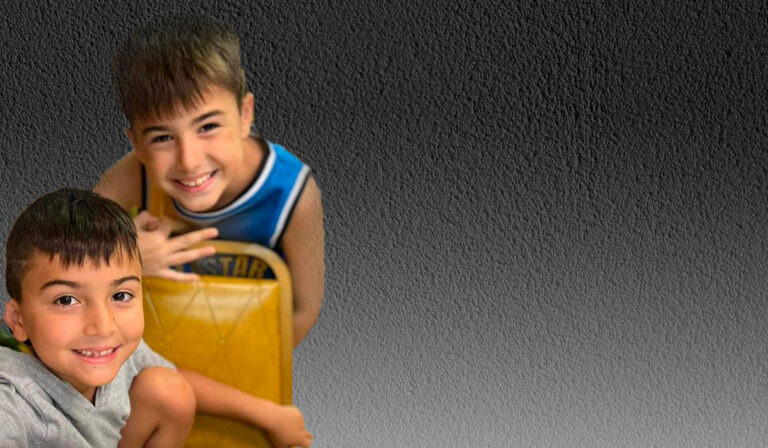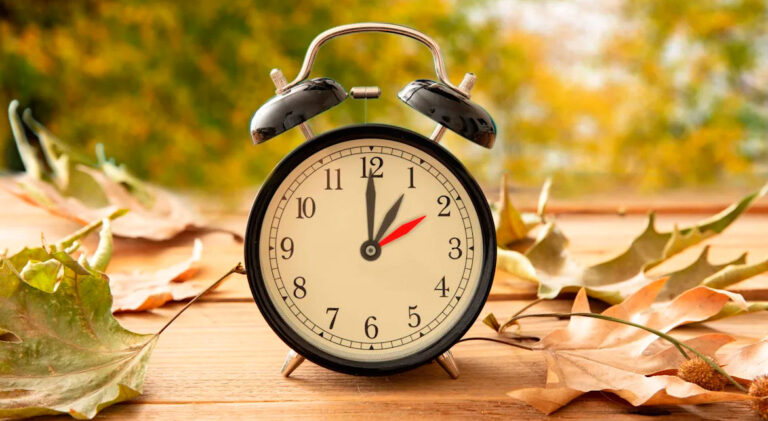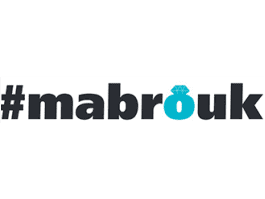Michele Shrem
The phrase “keeping up with the Joneses” is deeply embedded in our culture, bringing images of neighbors vying for the latest car, the most beautiful home, or the most lavish vacation. It describes the social and economic phenomenon of constantly comparing oneself to others and striving to match or exceed their material possessions, lifestyle, and perceived achievements. This relentless pursuit of external validation carries significant psychological, financial, and emotional costs, often leading to a treadmill of dissatisfaction rather than genuine fulfillment.
Here are insights from eight community members who have wrestled with the relentless pursuit of external validation. Their personal stories shed light on the psychological traps, financial burdens, and emotional tolls of this endless comparison, while also offering glimpses into how they’ve begun to break free and define success on their own terms.
Sarah L.
“For years, I felt this unspoken pressure to match my peers. When I saw friends buying designer bags or taking exotic trips, I’d instinctively wonder if I was falling behind. It was a constant internal battle, making me question if my own achievements and possessions were truly ‘enough.’ That feeling of inadequacy was exhausting, [I was] always chasing something just out of reach.”
David M.
“The desire for social acceptance was a huge driver for me. My kids’ friends had the latest gaming consoles, and their parents drove newer cars. I worried about my family feeling left out. It put immense pressure on our budget, pushing us to spend on things we didn’t necessarily need, just to feel like we belonged to a certain social tier. The fear of being ‘less than’ was a powerful motivator, even if it meant stretching our finances thin.”
Laura C.
“I got caught in the debt trap big time. Every time a friend posted about a home renovation or a luxury purchase, I felt this urge to keep up. My credit card balances swelled, and I took out loans for things that rapidly depreciated. It [the money I spent] wasn’t for essentials; it was for fleeting moments of perceived status. Looking back, the interest payments alone were a huge burden, trapping me in a cycle where I was just servicing past desires instead of building real wealth.”
Mark D.
“Chasing the Joneses meant constantly delaying my own financial goals. Retirement savings, an emergency fund – they all took a backseat to the immediate gratification of a new gadget or a ‘must-have’ experience. I even took on extra freelance work, not because I enjoyed it, but purely to fund this lifestyle. The burnout was real, and I realized I was sacrificing my future and my well-being for an illusion of prosperity.”
Grace R.
“The emotional toll was immense. I was constantly stressed, always feeling this pervasive unease about maintaining an image. The fleeting joy of a new purchase would quickly fade, replaced by the desire for the next item on the list. It was a constant merry-go-round, and I never felt content. I wasn’t appreciating what I had; I was always focused on what was lacking, leading to a sense of emptiness.”
Joy A.
“I realized I was losing my authenticity. My choices, from career paths to hobbies, were subtly influenced by what I thought others would deem ‘successful’ or ‘desirable.’ It created a disconnect between who I truly was and the person I was trying to project. This led to feelings of resentment and a loss of personal direction. It also strained relationships, as conversations often revolved around material things rather than [focusing on] genuine connection.”
Gail S.
“Social media amplified everything. Every vacation photo, every new home, every lavish meal felt like a direct comparison. It’s a highlight reel, not reality, but my brain couldn’t always tell the difference. My fear of missing out (FOMO) was very unhealthy.”
Yvette C.
“Breaking free was a conscious decision. I started practicing mindfulness and gratitude, intentionally appreciating what I already possessed instead of focusing on what I lacked. Financial literacy became crucial – understanding my income, my expenses, and my goals, not someone else’s. I set boundaries with social media and embraced conscious consumption. [This decision reflected my values that the good life] is about valuing experiences over things, and recognizing that true happiness isn’t found in accumulation. It’s about living my own story.”
Measuring Lives, Not Lifestyles: Closing Thoughts on a Shared Struggle
The stories shared by our community members underscore a universal truth: the pursuit of “keeping up with the Joneses” is a powerful societal force that can derail our financial stability, erode our emotional well-being, and diminish our capacity for authentic living. By recognizing the trap, consciously shifting focus inward, and embracing strategies like gratitude, financial literacy, and setting boundaries with social media, it is possible to reclaim your values and redefine success on your own terms. The most fulfilling life is not one spent chasing someone else’s perceived perfection, but is one dedicated to living authentically and pursuing what truly resonates with yourself. Choose contentment over competition and purpose over pretense. Live your own remarkable story, unburdened by the expectations of others.
This financial strain has a ripple effect on other crucial aspects of financial health. Delayed financial goals become the norm. Saving for retirement, building an emergency fund, paying off student loans, or saving for a child’s education all take a backseat to immediate gratification. The future is sacrificed for the present illusion. When unexpected expenses arise, the lack of an emergency fund forces individuals further into debt, increasing their financial problems.
The pressure to keep up can lead to poor financial decisions driven by emotions rather than logic. Investments might be made in trendy but risky ventures, or individuals might take on second jobs purely to fund their lifestyle, leading to burnout and a reduced quality of life. The constant need for more can also make individuals vulnerable to predatory lending or unwise financial schemes. Ultimately, the financial toll of “keeping up with the Joneses” is a heavy one, often leading to chronic stress, missed opportunities, and a perpetually precarious financial state.
Financial literacy and conscious spending are crucial. Understand your income, expenses, and financial goals. Create a budget that aligns with your priorities, not someone else’s. Differentiate between needs and wants, and critically evaluate purchases. Ask yourself: “Am I buying this because I genuinely need/want it, or because I feel pressured by others?” Consider the long-term impact of your spending decisions on your financial freedom and future goals.
Defining personal values and goals is perhaps the most important step. What truly matters to you? Is it experiences, relationships, personal growth, community contribution, or financial independence? When you have a clear understanding of your core values, decisions about how you spend your time and money become much easier. You can then align your actions with what genuinely brings you fulfillment, rather than chasing fleeting external validation.
Setting boundaries with social media is essential in the digital age. Unfollow accounts that trigger feelings of inadequacy or envy. Limit your time on platforms that promote excessive comparison. Remember that what you see online is often a curated highlight reel, not real life. Focus on using social media for genuine connection and inspiration, rather than as a benchmark for your own worth.
Finally, consider embracing minimalism or conscious consumption. This doesn’t mean living with nothing, but rather intentionally choosing to own fewer, more meaningful possessions. It’s about valuing experiences over things, and recognizing that true happiness isn’t found in accumulation. By reducing clutter and focusing on what truly serves you, you create space for what truly matters, freeing yourself from the endless pursuit of external validation. Breaking free from the Joneses is a journey towards greater authenticity, financial peace, and genuine contentment.
The phenomenon of “keeping up with the Joneses” is a powerful societal force, driven by deep-seated psychological tendencies and amplified by the pervasive nature of modern media. It lures us into a relentless cycle of comparison and consumption, promising happiness but often delivering only stress, debt, and dissatisfaction. The pursuit of external validation, whether through material possessions or fancy lifestyles, can derail financial stability, erode emotional well-being, and diminish our capacity for real living.
However, recognizing this trap is the first and most crucial step towards liberation. By consciously shifting our focus inward, we can begin to redefine success on our own terms. Embracing practices like gratitude, prioritizing financial literacy, and aligning our actions with our core values allows us to build a life that is rich in meaning, rather than merely rich in possessions. Setting healthy boundaries with social media and cultivating genuine connections further strengthens our resolve against external pressures.
Ultimately, the most fulfilling life is not one spent chasing someone else’s perceived perfection, but, rather, it is one dedicated to living and pursuing what truly resonates with our own unique self. Breaking free from the Joneses isn’t about having less; it’s about having more of what truly matters. It’s about choosing contentment over competition, purpose over pretense, and living your own remarkable story, unburdened by the expectations of others. Michele












